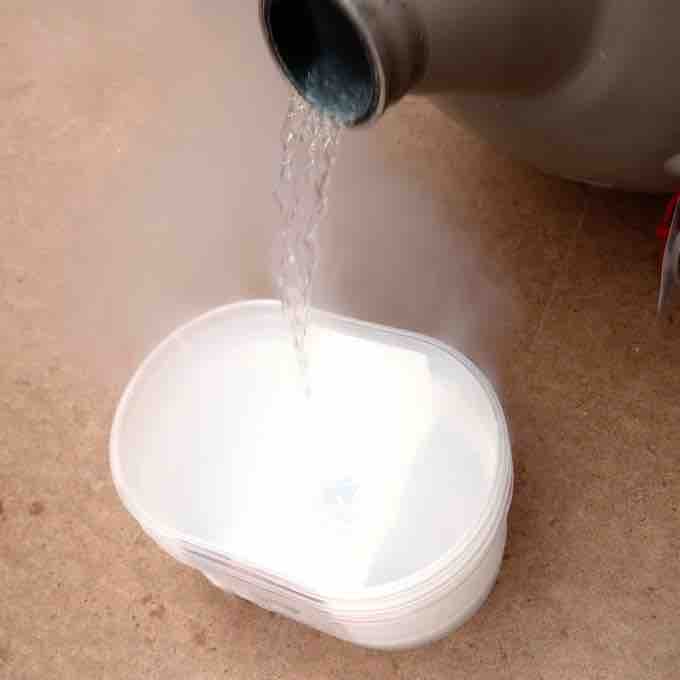Temporary Dipoles
Temporary dipoles are created when electrons, which are in constant movement around the nucleus, spontaneously come into close proximity. This uneven distribution of electrons can make one side of the atom more negatively charged than the other, thus creating a temporary dipole, even on a non-polar molecule. The more electrons there are in an atom, the further away the shells are from the nucleus; thus, the electrons can become lopsided more easily, and these forces are stronger and more frequent. These intermolecular forces are also sometimes called "induced dipole-induced dipole" or "momentary dipole" forces.
London Dispersion Forces
Although charges are usually distributed evenly between atoms in non-polar molecules, spontaneous dipoles can still occur. When this occurs, non-polar molecules form weak attractions with other non-polar molecules. These London dispersion forces are often found in the halogens (e.g., F2 and I2), the noble gases (e.g., Ne and Ar), and in other non-polar molecules, such as carbon dioxide and methane. London dispersion forces are part of the van der Waals forces, or weak intermolecular attractions.
Van der Waals forces help explain how nitrogen can be liquefied. Nitrogen gas (N2) is diatomic and non-polar because both nitrogen atoms have the same degree of electronegativity. If there are no dipoles, what would make the nitrogen atoms stick together to form a liquid? London dispersion forces allow otherwise non-polar molecules to have attractive forces. However, they are by far the weakest forces that hold molecules together.

Liquid nitrogen
Without London dispersion forces, diatomic nitrogen would not remain liquid.